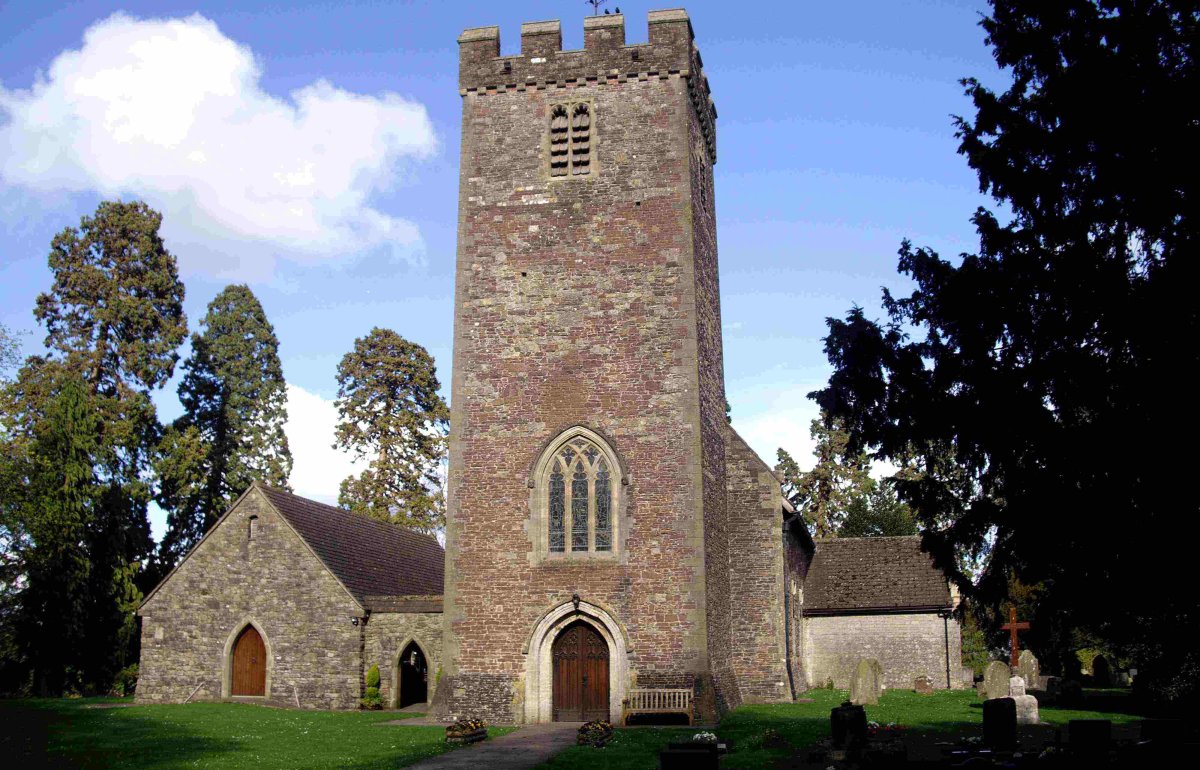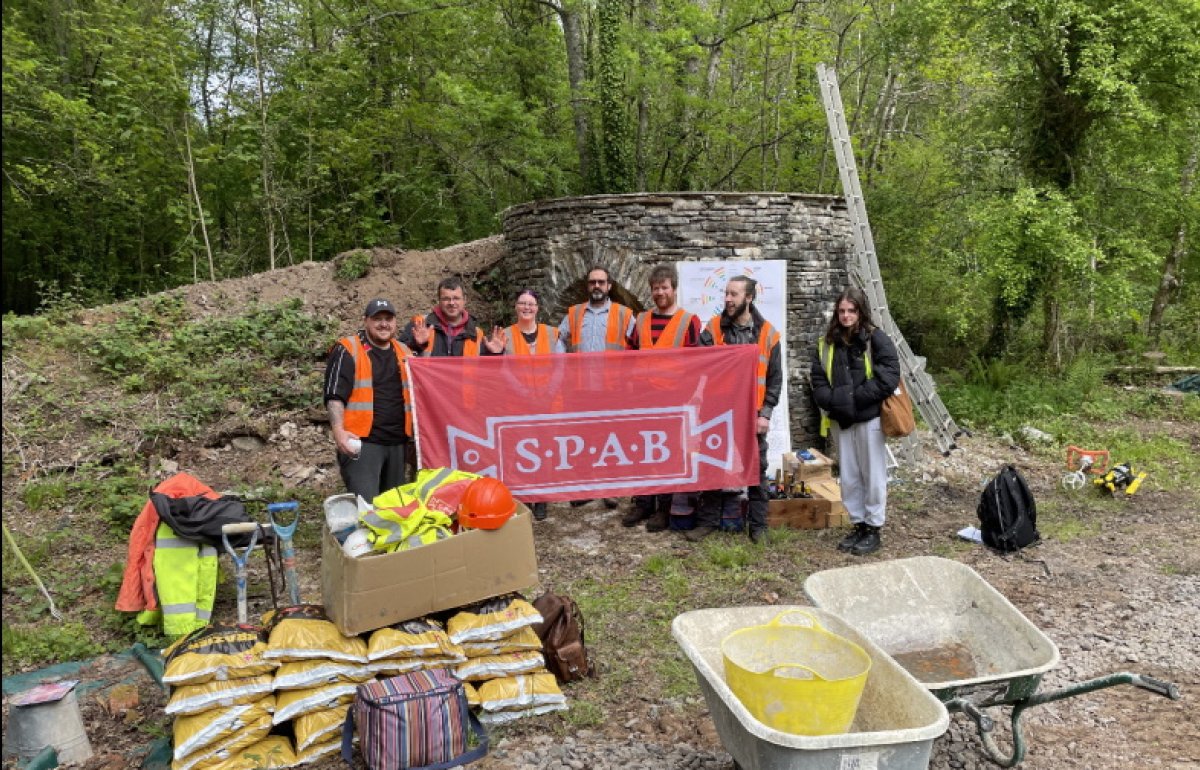
SPAB Cymru
The SPAB has been active in Wales from its very early days and the archives contain intriguing documents from the last century and even earlier, not only reports on the condition of many historic buildings but also accounts and drawings of repair work undertaken according to SPAB principles. Two such cases have been investigated in detail recently, the church of Eglwys Brewis in the Vale of Glamorgan, repaired under the guidance of SPAB's co-founder, Philip Webb, and the church of Llandanwg near Harlech, where a history of engulfing sand can be traced.
The Society has maintained direct contacts with conservation officers in Wales, enhanced through Cadw’s Built Heritage Forum of which we are now members, and with Diocesan Advisory Committees responsible for ecclesiastical jurisdiction. Through consultations from these and other bodies we are able to have an input into proposals for change to a wide range of listed buildings throughout Wales. Our bilingual banner and information about the Society is present at many pan-Wales events and we also run some courses in Wales.
Wales has introduced a new heritage act, the Historic Environment (Wales) Act. Cadw prepared for this through a wide range of consultations and workshops, in which SPAB participated. This has leapfrogged proposals for an English act which fell at a previous general election , and the improved provisions for safeguarding Welsh heritage are now in operation, with new guidance on its implementation currently being compiled by Cadw. A recent development in Wales is the creation of a partnership of the built heritage amenity societies under the name Wales Heritage Group. The SPAB is part of this group. By pooling and sharing resources this is enabling each of us to punch above our weight in responding to national consultations and raising the profile of built heritage in Wales.
The SPAB Approach to conservation, written by SPAB director Matthew Slocombe is available to download in Welsh.


